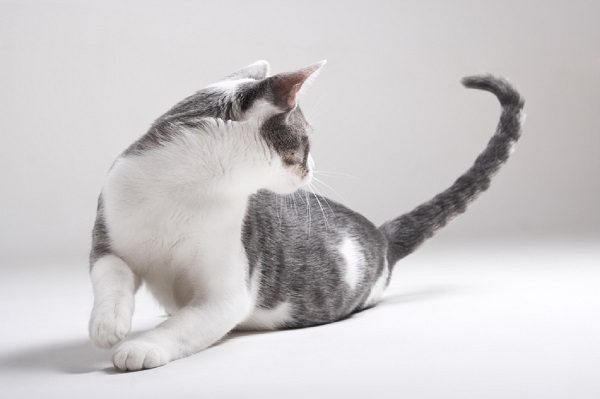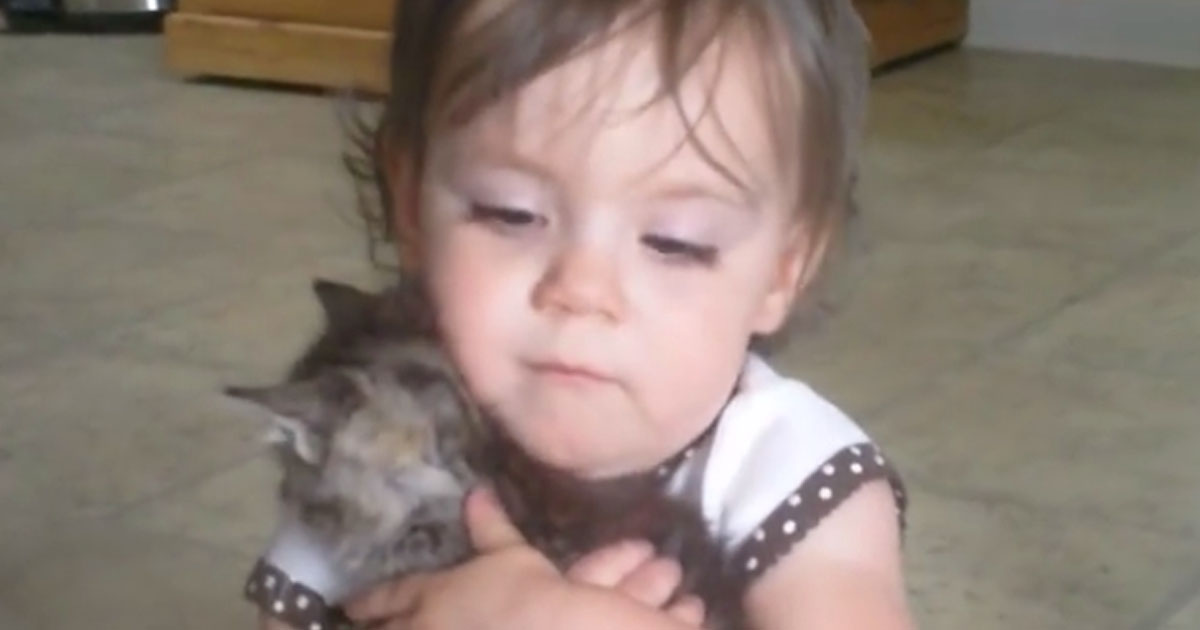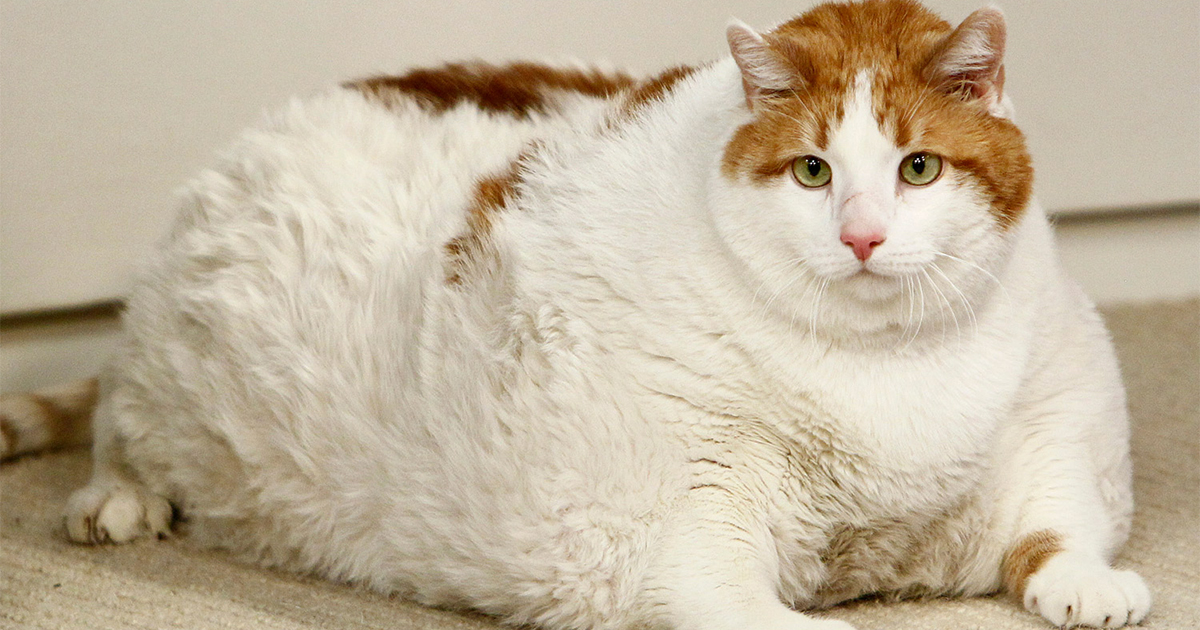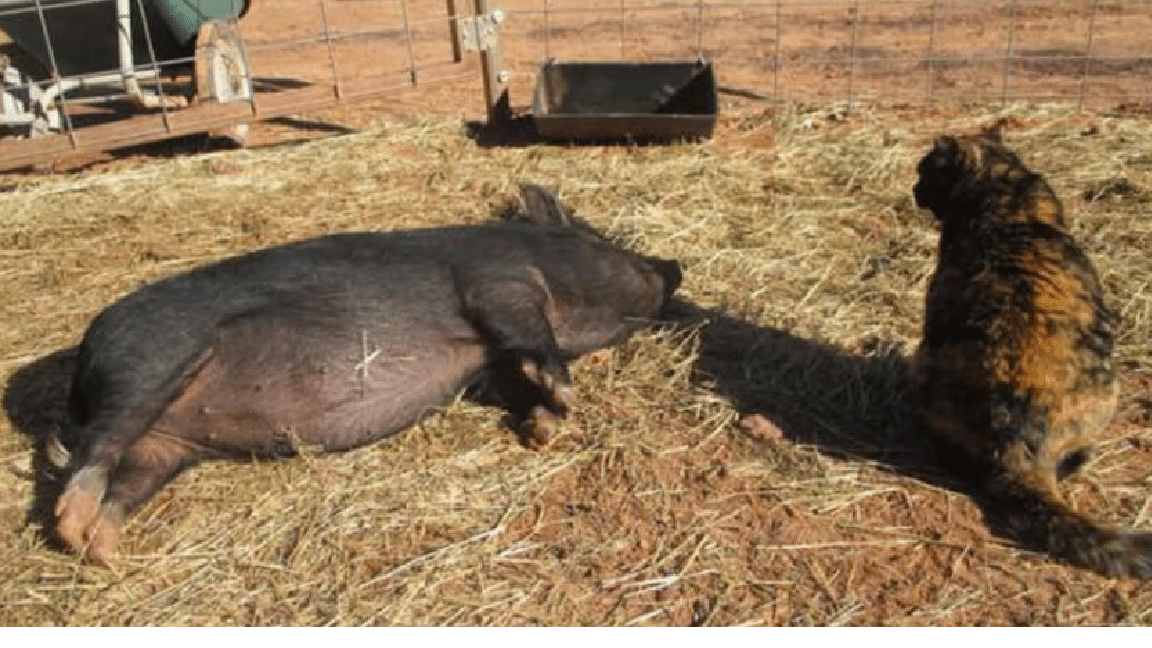Tail chasing is frequently observed in kittens and young cats. From a very early age, kittens explore their new world and practice their hunting skills. They also actively engage in play and frequently chase and jump on moving objects, even if it is the tip of a wiggling tail — including their own! However, tail chasing in older cats is an uncommon and abnormal behavior. We spoke with Dr. Vanessa Spano, a veterinarian at Behavior Vets in New York City, who revealed that it’s actually not a great sign. Why do cats chase their tails? Here are some things to think about if your cat is chasing its tail.
Why do cats chase their tails?
“Likely, there is an underlying behavioral or medical cause,” Dr. Spano explained. It could actually be a sign of health conditions including:
- Compulsive behavior
- Anxiety
- Lack of stimulation
- Pain
- Skin irritation
- Neurological disease
- Seizures
Since tail-chasing is an indicator that there could be something more serious going on with your cat, Dr. Spano recommends that the very first thing you do is talk to a vet, a behaviorist, or, in some cases, both. But once you have a treatment plan, there are also things you can do at home to supplement it. Dr. Spano said,
If you catch your kitty [chasing his tail], consider reevaluating how much enrichment is provided for them,
It’s possible that your cat is just lacking some quality playtime, so providing more toys or attention could get the tail-chasing to stop. But sometimes, your cat’s anxiety is the cause, which requires a more serious approach. According to Dr. Spano, if anxiety is sending your cat into a (literal) tailspin, the first thing you should do is remove those triggers. And if the chasing is still happening, you should stop your kitty just before he starts, and try to get him to focus on something else to break the habit.
If you catch your kitty chasing his tail in certain contexts, such as when a guest comes over or during handling, these triggers may actually be anxiety-inducing. If you catch your cat about to engage in tail-chasing behavior, redirect them and have them engage in an incompatible, fun behavior like playing fetch or tossing them a treat.
Remember that a cat chasing his tail isn’t always playful or fun. Seek vet care any time your cat is causing damage to his tail or you suspect that he’s chasing his tail out of discomfort. If the issue seems behavioral and not medical, search for a veterinary behaviorist in your area by checking out the American College of Veterinary Behaviorists (ACVB). These experts will evaluate your cat’s specific situation and help you decide what to do next.







